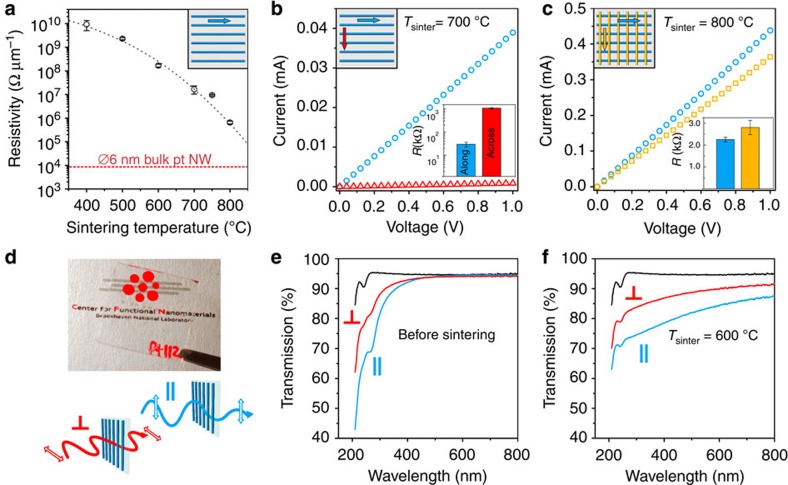Figure 4. Electrical and optical properties of aligned Pt nanowires and square lattices.
(a) Electrical resistivity (resistance per unit length of the wire) measured at room temperature as a function of sintering temperature (5 min in 5% H2 in Ar). Near 800 °C, resistivity approaches bulk Pt (dashed red line). Black-dashed line is a guide to the eye. (b) I–V characteristics of the single-layered nanowire arrays measured along the length of the nanowires (blue circles) and in the orthogonal direction (red triangles) display large resistance anisotropy. (c) I–V characteristics of the square grid; electrical properties are nearly isotropic. Error bars represent s.d. for n≥8 devices. (d) Photograph of a quartz substrate coated with aligned platinum nanowires, showing good transparency. A schematic of the two configurations of the polarizer-nanowires-analyzer used in optical anisotropy measurements is shown below. (e) Light transmission under normal incidence, with the nanowires long axis oriented with the incident electric field (blue curve) and against (red curve). Before sintering, the sample exhibits strong dichroism in the near-ultraviolet range. At longer wavelengths, the sample is highly transparent, similar to that of the uncoated substrate (fused quartz, black curve). (f) After thermal sintering, optical anisotropy extends across the visible spectrum.

